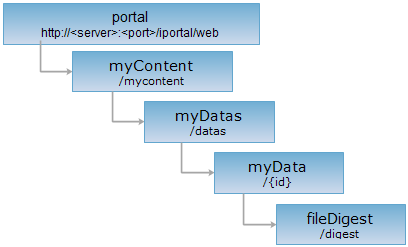<myData_uri>/digest[.<format>]
The fileDigest resource is used to acquire data check code.
Supported Methods:
Supported output formats: RJSON, JSON, HTML, XML.

Implement the HTTP request on the following URI, where supermapiportal is the server name, with rjson being the output format.
http://supermapiportal:8090/iportal/web/mycontent/datas/{id}/digest.rjson
Gets data check code.
Implement the GET request on the fileDigest resource http://localhost:8090/iportal/web/mycontent/datas/1/digest.rjson to return the result in rjson format:
MD5HEX$efa8dc60bca23c8cdee3b575265016eb
MD5 represents digest algorithm. After implementing the MD5 algorithm, THE abstract will be converted into a long list of binary stream. HEX represents a hexadecimal string. For convenience, it will be finally converted into a unified hexadecimal string such as $efa8dc60bca23c8cdee3b575265016eb.
Asks for the response identical to the one that would correspond to a GET request, but without the response body. This is useful for retrieving meta-information written in response headers, without having to transport the entire content. The meta-information includes the media-type, content-encoding, transfer-encoding, content-length, etc.
HEAD request can be used to check if the fileDigest resource exists, or if the fileDigest resource can be accessed by clients. It can also determine if the fileDigest resource supports an output format <format> if performed on a URI with .<format> included.